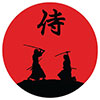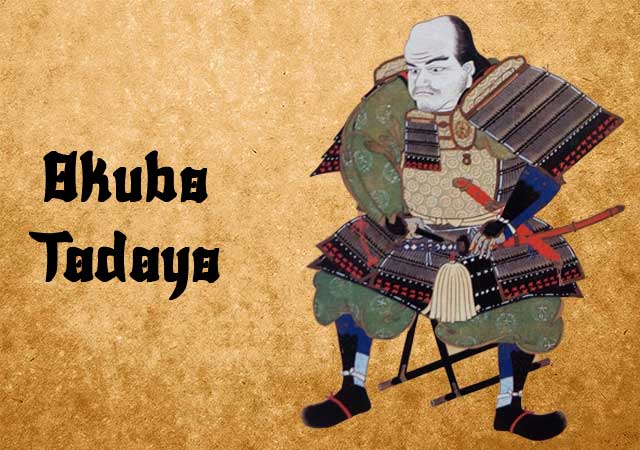
Okubo Tadayo (1532 – October 28, 1594) was a samurai general who served Tokugawa Ieyasu during the Azuchi–Momoyama period and later became the daimyo of Odawara Domain in the early Edo period.
Born in Mikawa Province (modern-day Okazaki, Aichi Prefecture), Tadayo was the eldest son of Okubo Tadakazu, a hereditary retainer of the Tokugawa clan. He was also known by the nickname "Shinjuro." As one of Ieyasu’s sixteen generals, he was entrusted with the defense of Futamata Castle in Totomi Province and played a key role in several major battles.
In 1564, Tadayo fought in the Battle of Azukizaka against the Ikko-ikki in Mikawa Province. During the Battle of Mikatagahara in 1573, he and Amano Yasukage led a small but effective group of Tokugawa foot soldiers and matchlock gunners in a surprise attack on the Takeda camp, causing confusion in their ranks.
In 1574, when Oga Yashiro, a minor Tokugawa official, was discovered plotting with the Takeda clan to overthrow Ieyasu, Tadayo was tasked with eliminating him. Acting on orders from the Okazaki magistrate, Ooka Tadasuke, Tadayo swiftly captured Yashiro, paraded him through Hamamatsu Castle, and then carried out a brutal execution—mutilating him alive with a saw. He also ordered the crucifixion of Yashiro’s wife and children as a warning to other would-be traitors.
Tadayo accompanied Ieyasu in nearly all of his military campaigns, including the Battle of Nagashino in 1575. Following Oda Nobunaga’s assassination in 1582, Ieyasu expanded his control into Shinano Province, assigning Tadayo to oversee operations from Komoro Castle.
After the Battle of Odawara in 1590, Ieyasu was relocated to the Kanto region by Toyotomi Hideyoshi. As a reward for his service, Tadayo was elevated to the rank of daimyo and granted Odawara Domain, with an income of 45,000 koku. He ruled there until his death in 1594, after which his son, Okubo Tadachika, succeeded him.
See also
-
Tachibana Dosetsu
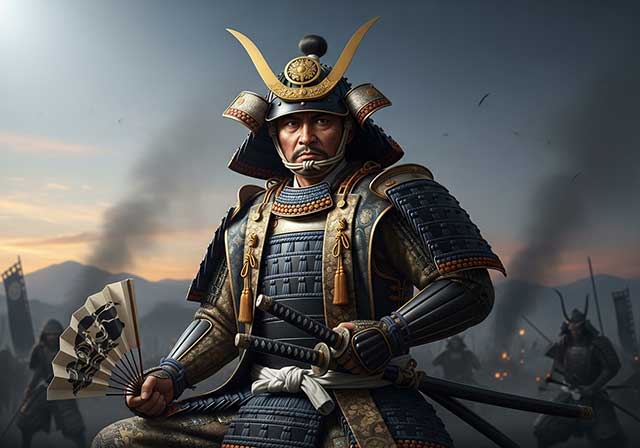
Tachibana Dōsetsu is the name by which Hetsugi Akitsura is more widely known; the name of this lineage is also found read as Hekki or Bekki. For a long period, Akitsura served the Ōtomo clan, the daimyō of Bungo Province, and took part in wars against the Ōuchi family, the principal enemies of the Ōtomo in northwestern Kyushu. In the 1560s, Akitsura seized the castle of the Tachibana clan, which had rebelled against the Ōtomo, and thereafter adopted the surname Tachibana. Around the same time, he took Buddhist vows and assumed the name Dōsetsu, which means “Snowy Road.”
-
Taira no Masakado

Taira no Masakado embodied the quintessential samurai of his era—self-assured, harsh, and unyielding. In his youth, he served in the palace guard and repeatedly proved his bravery while suppressing unrest. Thanks to these achievements, Masakado sought the post of chief of the capital’s military-police office (the kebiishi-chō), but he was rejected: by that time, nearly all court positions—now little more than privileged sinecures—were controlled by members of the powerful Fujiwara clan.
-
Sakakibara Yasumasa
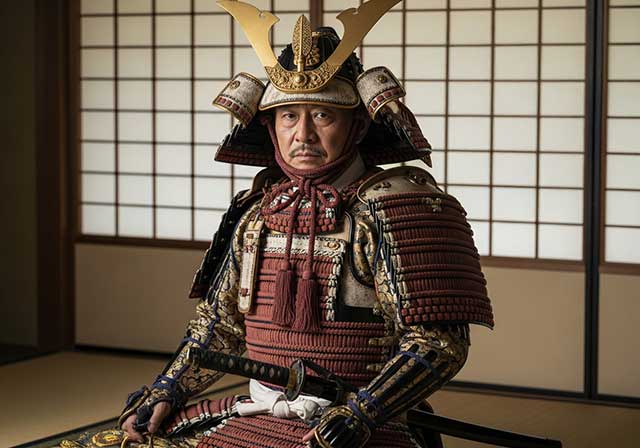
Yasumasa was the second son of Sakakibara Nagamasa and was born in Ueno in Mikawa Province. From a young age, he began serving Tokugawa Ieyasu and eventually rose to the position of one of his most trusted generals. His wife was the daughter of Osuga Yasutaka. Ieyasu first noticed the young Yasumasa during the suppression of the Ikkō-ikki uprising in Mikawa in 1564. Thanks to his demonstrated abilities, Yasumasa was granted the privilege of using the character “yasu”—the second character of Ieyasu’s own name—in his own. Although he was the second child in his family, he became his father’s heir, though the exact reasons for this remain unknown.
-
Sakai Tadatsugu
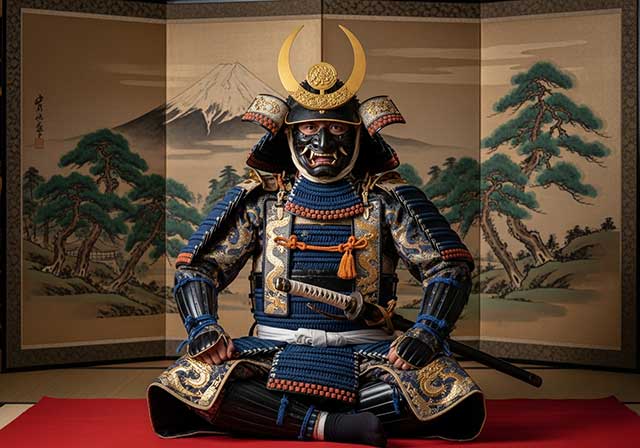
Tadatsugu was one of the most renowned generals serving Tokugawa Ieyasu. After Ieyasu broke ties with the Imagawa clan, Tadatsugu—an ardent supporter of this decision—was granted command of Yoshida Castle in 1565, which controlled the coastal road from Tōtomi to Mikawa. During the Battle of Mikatagahara in 1573, he held the right flank of the Tokugawa forces even when the troops sent by Oda fled under the assault of the Takeda army. In the Battle of Nagashino in 1575, he personally requested permission to carry out a night attack on the Takeda camp, which he executed brilliantly together with Kanamori Nagachika.
-
Ryuzoji Takanobu
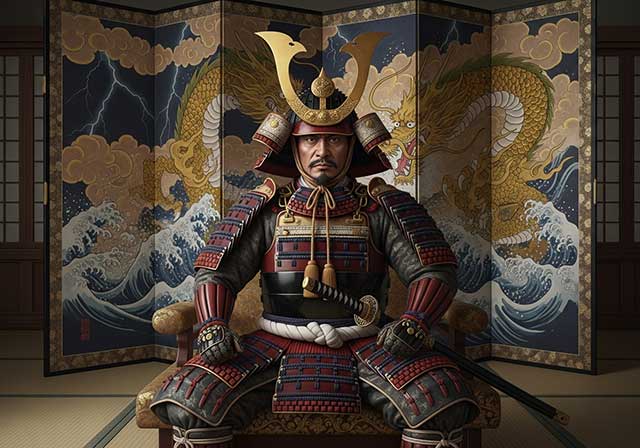
Takanobu was the eldest son of Ryūzōji Takaie and the great-grandson of Ryūzōji Iekane. His father was killed by a man named Baba Yoritiku in 1544. At a young age, Takanobu took Buddhist vows and received the monastic name Engetsu. However, around the age of eighteen, he returned to secular life, and in 1548, after the death of Ryūzōji Tanehide, he became the head of both branches of the Ryūzōji family.
-
Ouchi Yoshihiro
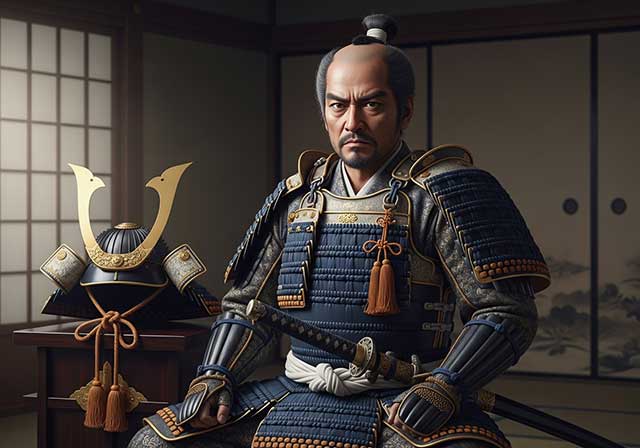
Ōuchi Yoshihiro was the second son of Ōuchi Hiroyo, who headed the Ōuchi clan in the western part of Honshu. In 1363, Shogun Ashikaga Yoshimitsu confirmed the Ōuchi family in the position of shugo of Suō and Nagato Provinces. In his youth, Yoshihiro assisted his father in strengthening the influence of the Northern Court on the island of Kyushu — they served under Imagawa Ryōsun, who had been tasked with subjugating the nine provinces of Kyushu.
-
Ouchi Yoshioki
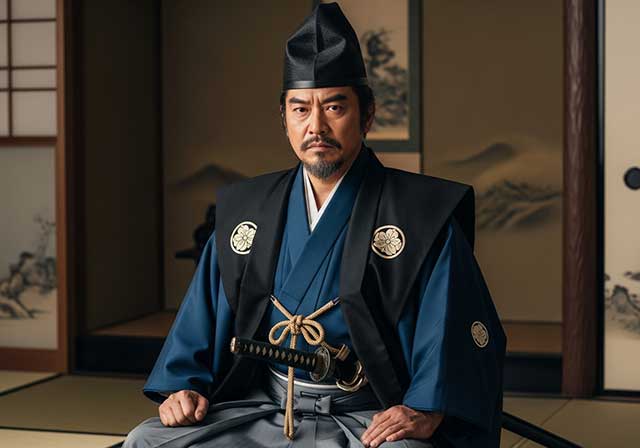
Ouchi Yoshioki, the ruler of the provinces of Suo, Nagato, and Iwami, was one of the most capable military commanders and politicians of the late 15th and early 16th centuries. The son of Ouchi Masahiro, he governed from his residence in Yamaguchi in the province of Suo. In 1499, Yoshioki gave refuge to Shogun Ashikaga Yoshitane, who had been driven out of Kyoto by Hosokawa Masamoto. Shogun Yoshizumi, Masamoto’s protégé, ordered the lords of Kyushu to unite their forces against Yoshioki; however, they did not dare to do so, fearing the power of a man who by that time controlled six provinces. Having gathered a substantial army, Yoshioki marched from his native Suo toward Kyoto in order to restore Shogun Yoshitane to power.
-
Otomo Sorin
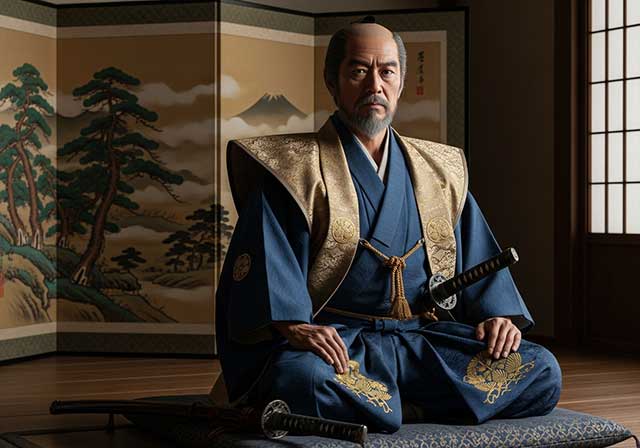
Ōtomo Yoshishige came from a noble lineage, being the eldest son of Ōtomo Yoshiaki, the ruler of Funai Province. The roots of the Ōtomo family traced back to Fujiwara Hidesato, the adopted son of Nakahara Chikayoshi. Fujiwara served Minamoto Yoritomo during the Genpei War and took part in battles in Mutsu Province in 1189. In 1193, he was appointed shugo of Buzen and Bungo Provinces, after which he adopted a new surname—Ōtomo.

